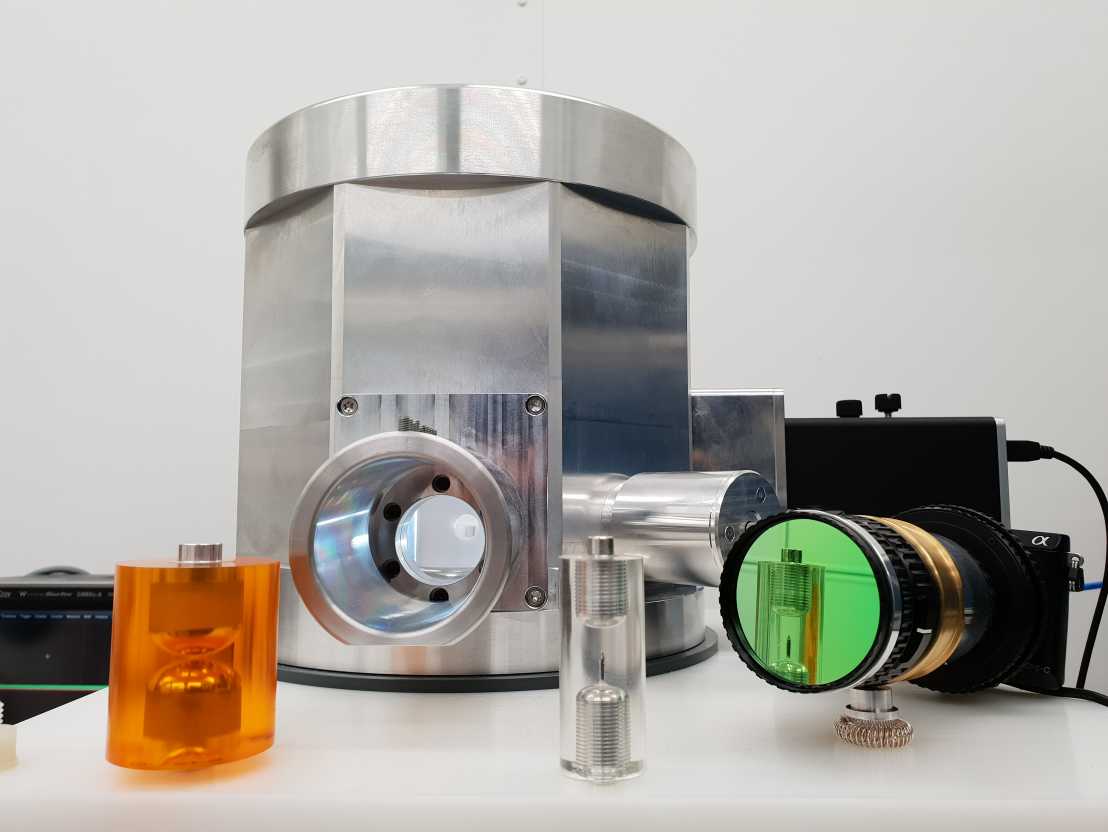High Voltage Solid Insulation

With the use of power electronic devices, the insulation system is no longer stressed only with power frequency voltages, but also mixed-frequency voltage stress. Research is needed to achieve the same reliable and long-term performance also under these new conditions.
Mixed-Frequency Voltage Stress
Voltage waveforms generated with the aid of solid state switches introduce a new form of insulation stress as compared to the conventional 50 Hz sinusoidal waveforms. Their high slew rates have been shown to lead to enhanced partial discharge activity and corresponding accelerated aging of wire insulation in inverter-fed induction motors as well as reduced breakdown voltages of oil-impregnated paper insulation. Thus, prediction of partial discharge inception for various electric field distributions and voltage waveshapes is one of the research directions of the group.
Apart from enhanced dielectric heating due to higher harmonics, the effects of mixed-frequency voltages on insulation materials below partial discharge inception are to a large extent unknown. It is the goal of a second project to contribute to a more detailed understanding of the impacts of mixed-frequency stress on insulation materials under such conditions in order to establish dimensioning guidelines for reliable insulation concepts of, e.g., the medium-frequency transformer winding insulation of medium-voltage solid-state transformers
Learn more about this project in Spotlight of Energy Research
Partnership: Altana AG, SCCER Furies, Power Electronic Systems Laboratory (ETHZ)
Researchers: Raphael Färber, Fabian Bill, Ondrej Sefl
